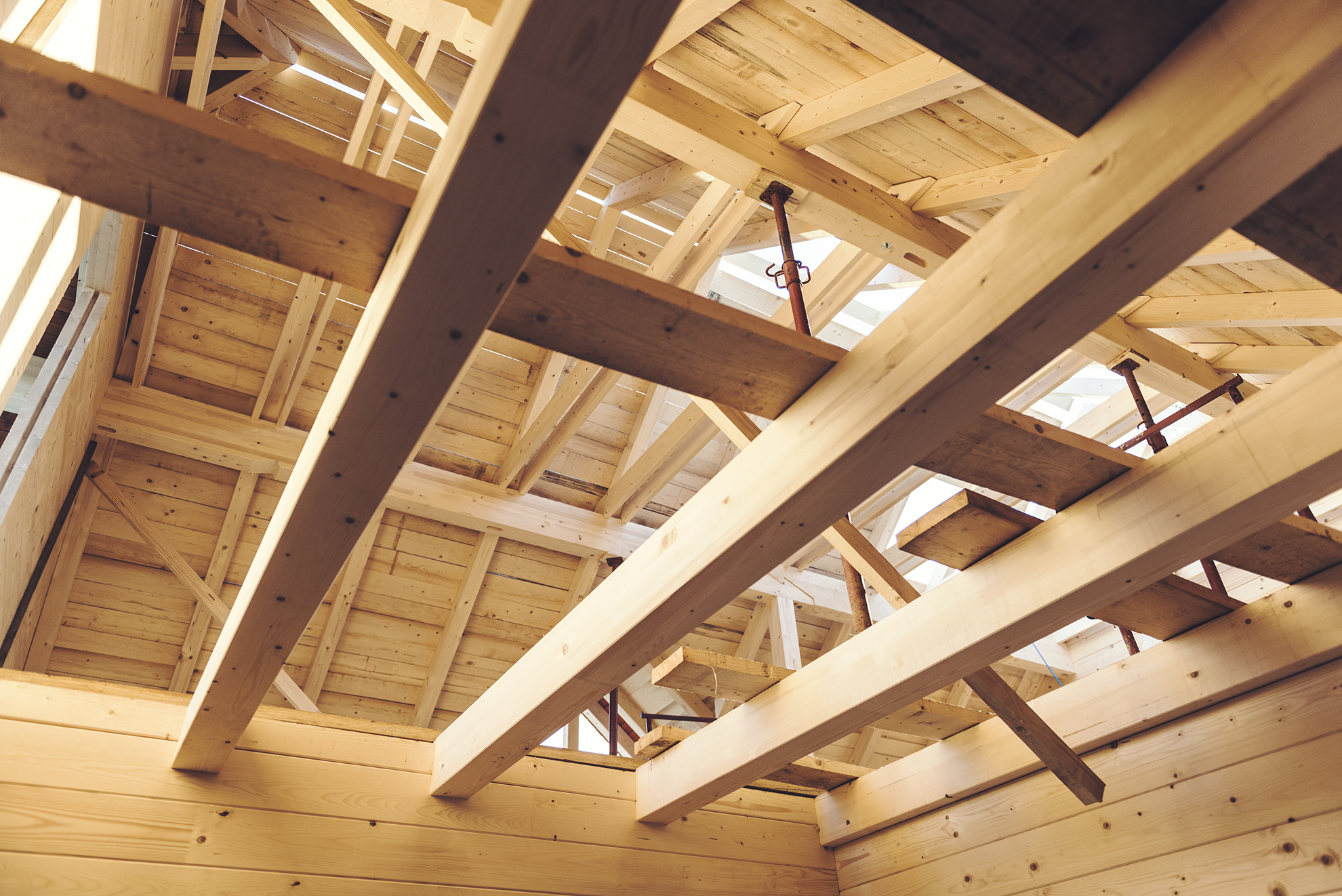According to an analysis by PeopleReady.com's skilled trades division, there were 388,345 jobs posted for trades-related workers between May and June of this year.
Positions most in demand are:
- Concrete Masons
- Window Glaziers
- House Painters
- Electricians
- Plumbers
- Carpenters
NAHB Members and HBAs are trying to do their part and actively recruit the next generation, however, finding qualified subs and trades continues to be a challenge for the residential construction industry. Nonetheless, they are stepping up to the plate and taking action. By providing supplies, scholarships, and one-on-one connections with students, HBAs around the country are getting out into their communities to spread the word about the rewarding jobs throughout the industry through:
- Lectures at Community Colleges - Supplies and Scholarship Support through High Schools and Local Technical Schools - Direct Connections to Career Professionals through Events and Home Shows
NAHB.org's Careers in Construction toolkit has ideas and resources for members and HBAs to connect with their local community. Check it out!
Source nahb.org
From the beginning of the Coronavirus pandemic through the current move back toward a more normalized way of life, there have been product shortages due to sudden high demand and proportionately low supply. Toilet paper…under the circumstances, was a bit of a surprise. Meat and poultry…certainly understandable. But in an unexpected twist is lumber.

While there was a drop in lumber costs at the onset of the pandemic, that is unfortunately no longer the case. The initial slump was a product of the global lockdown in response to the outbreak. Construction operations in many locations were shut down, and lumber mills and other processing facilities were left with an excess supply of material.
However, due to the subsequent fragility of the economy was the appearance of some of the lowest interest rates in recent history. Low interest rates for both home mortgages and new construction financing coupled with a desire for people to move forward with their lives in a productive manner led to a boom in the building and remodeling industries once businesses began reopening in June of 2020. This, in turn, had a severe impact on the lumber industry. Mills and other processing facilities went from having too much wood to a shortfall virtually overnight. The supply of lumber has also been strained by insufficient domestic production due in part to the 2020 wildfires and limited international access due to hefty tariffs on Canadian softwood.
Because the housing market is on fire, the lumber shortage is costing many prospective home buyers even more money. The National Association of Realtors (NAR) reported in February that rising lumber costs added $24,000 to the cost of new homes since the start of the pandemic. As of April, that number had increased to nearly $36,000. Home prices have been on the rise for years, but they reached a peak during the pandemic. In April, the median home sales price rose to an all-time high of $375,000, according to Realtor.com. Some renters are also feeling the impact. The National Association of Home Builders (NAHB) estimates that the lumber price spike has added nearly $13,000 to the market value of an average newly built multifamily home — translating to households paying nearly $125 more per month to rent a new apartment.
Homebuyers are not the only ones to feel the impact. The shortage — and price boom — is so extreme that builders have reported having lumber and other raw materials stolen from their construction sites. And in a more far-reaching scenario, some financial advisors have expressed concerns that a lumber crash could lead to a stock market crash. Without an immediate solution to the lumber crisis, affordability will remain out of reach for many prospective home buyers as supply remains scarce. The good news is that industry executives expect lumber production to catch up with demand - eventually. Some say it can feasibly occur over the span of the next 18 months. As for now, the “new normal” cost for lumber is around $800 per 1,000 board feet.
NAHB continues to seek action from the Biden administration and other lawmakers by encouraging domestic lumber producers to increase production to ease growing shortages, as well as collaborating with Canada on a new softwood lumber agreement.
